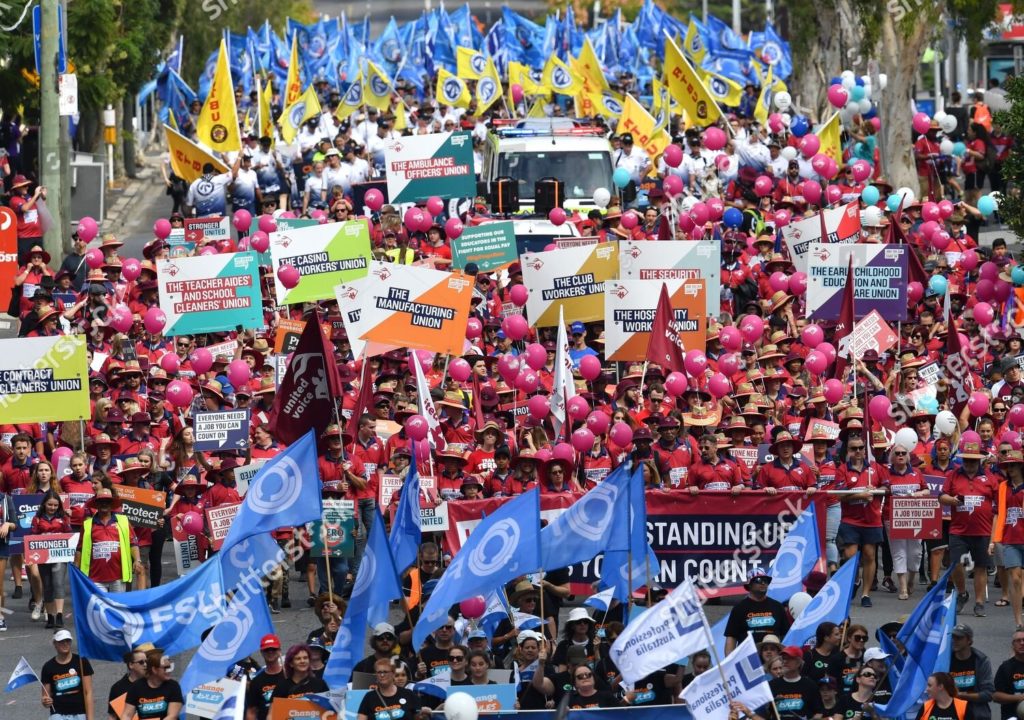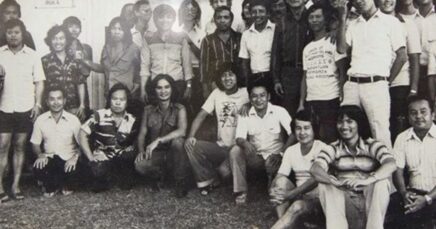
The first of May has long been a day of celebration for the international workers’ movement. Why do we celebrate May Day?
The May Day protests grew out of the struggle for the eight-hour day.
Stonemasons in Melbourne and Sydney had won the eight-hour day as a general industry standard in 1856, setting an international benchmark. In the decades to come workers campaigned to extend the right to other industries.
In 1886 unions in the United States planned a massive general strike for the eight-hour day on 1 May. Somewhere between 300,000 to 500,000 workers took strike action on that day.
On 4 May a protest was interrupted when an unidentified figure threw dynamite from the crowd. Mass repression of the labour movement followed.
In 1889 the Congress of the Second International – which was the big organisation of working-class political parties – determined to hold a global day of protest to mark the anniversary of the 1 May strikes in the United States.
The first day of protest began in 1890. Australian workers already celebrated the eight-hour day, and campaigned for its extension, on our own day of commemoration, so May Day was not a major event that year.
The Shearers’ Strike of 1891 changed this, and the first recorded May Day protests in Australia took place that year. In Barcaldine, Queensland, over 1300 workers took part (with around 600 on horseback) with union banners and carrying the Eureka Flag.

The original May Day protest was supposed to be just that, one protest. But it quickly grew into something much more: a global celebration of workers and our movement.
It was a time when across the globe working people could commemorate our defeats, celebrate our victories, and dream of the better world still to come.
So happy May Day.




